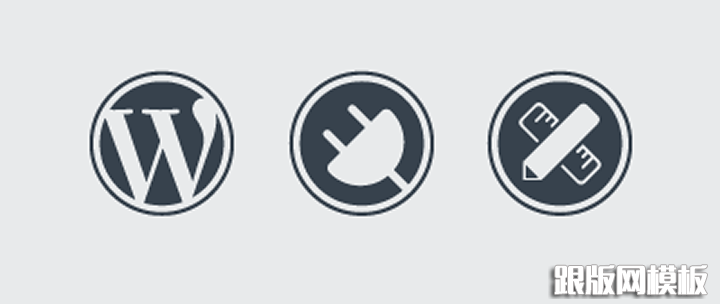
如,在桌面设备上,图片使用的是以下的HTML代码:
<删 img src="abc.png" // 自适应图片删除width和height,by Ludou
function ludou_remove_width_height_attribute($content){
preg_match_all("/<[img|IMG].*?src=[\'|\"](.*?(?:[\.gif|\.jpg|\.png\.bmp]))[\'|\"].*?[\/]?>/", $content, $images);
if(!empty($images)) {
foreach($images[0] as $index => $value){
$new_img = preg_replace('/(width|height)="\d*"\s/', "",$images[0][$index]);
$content = str_replace($images[0][$index], $new_img, $content);
}
}
return $content;
}
// 判断是否是移动设备浏览
if(wp_is_mobile()) {
// 删除文章内容中img的width和height属性
add_filter('the_content', 'ludou_remove_width_height_attribute', 99);
}
可能有些人会问,干脆发文章时,img不加width和height,不是更方便?这是因为为图像指定 height 和 width 属性是一个好习惯。如果设置了这些属性,就可以在页面加载时为图像预留空间。如果没有这些属性,浏览器就无法了解图像的尺寸,也就无法为图像保留合适的空间,因此当图像加载时,页面的布局就会发生变化。所以请不要通过 height 和 width 属性来缩放图像。如果通过 height 和 width 属性来缩小图像,那么用户就必须下载大容量的图像(即使图像在页面上看上去很小)。正确的做法是,在网页上使用图像之前,应该通过软件把图像处理为合适的尺寸。
